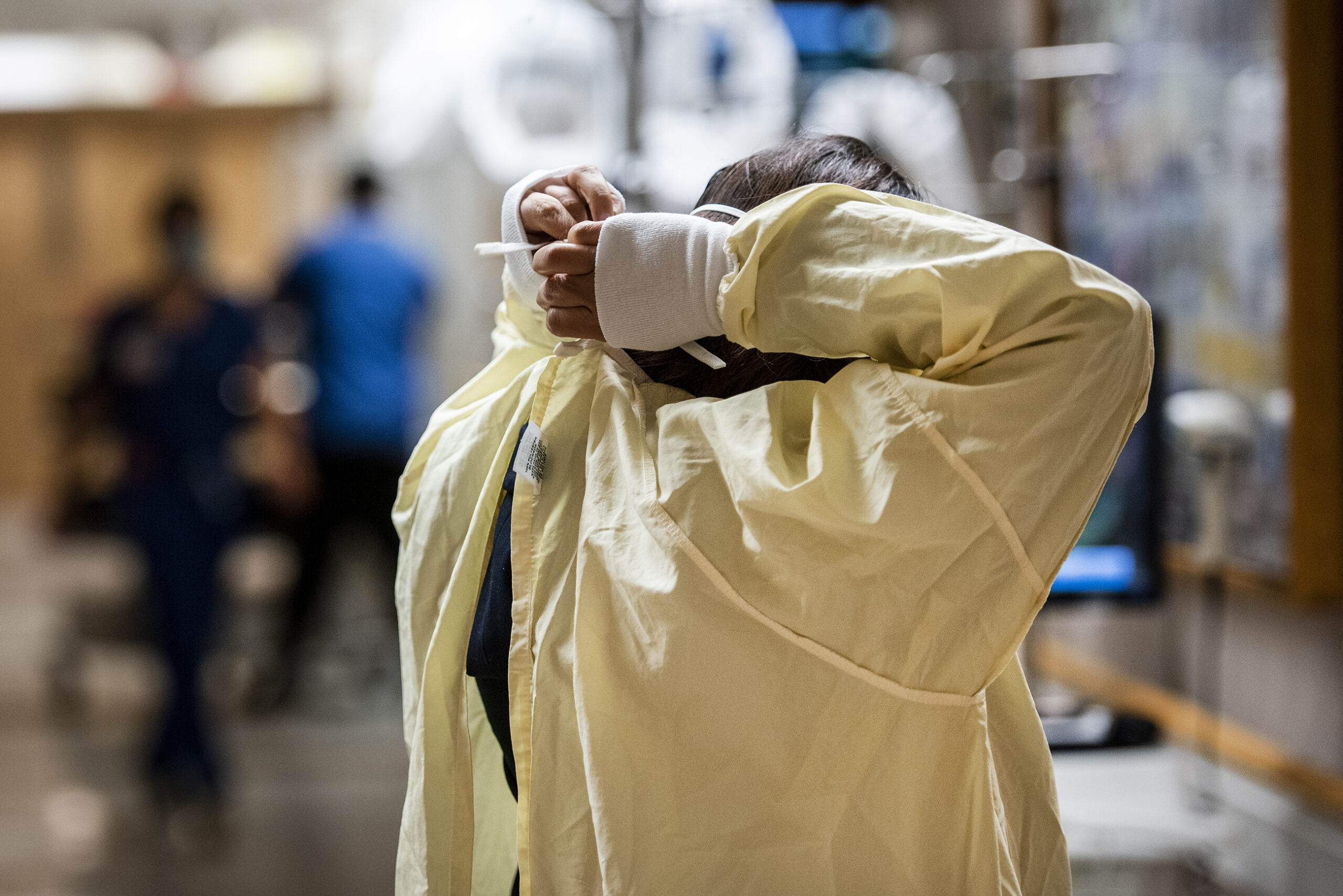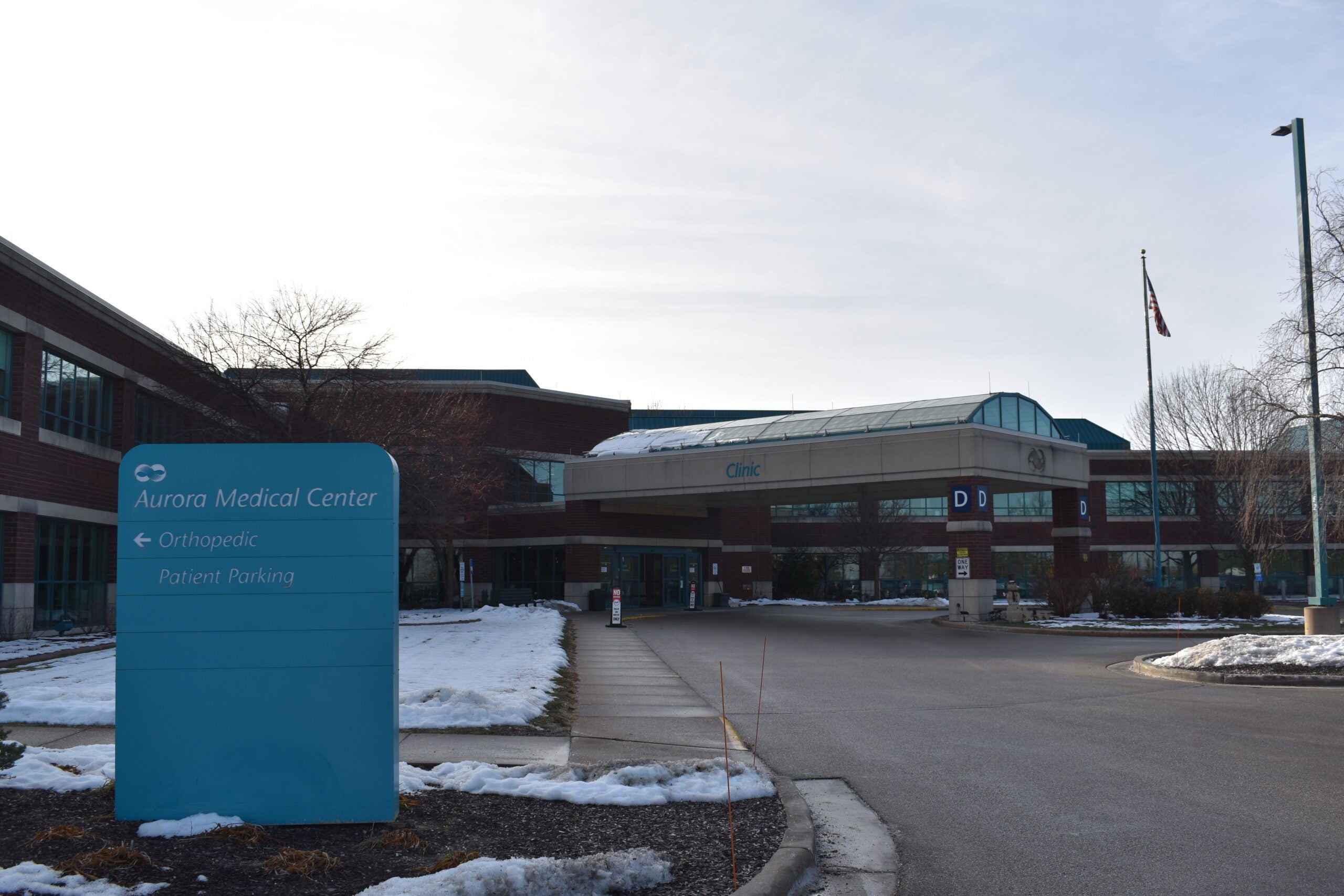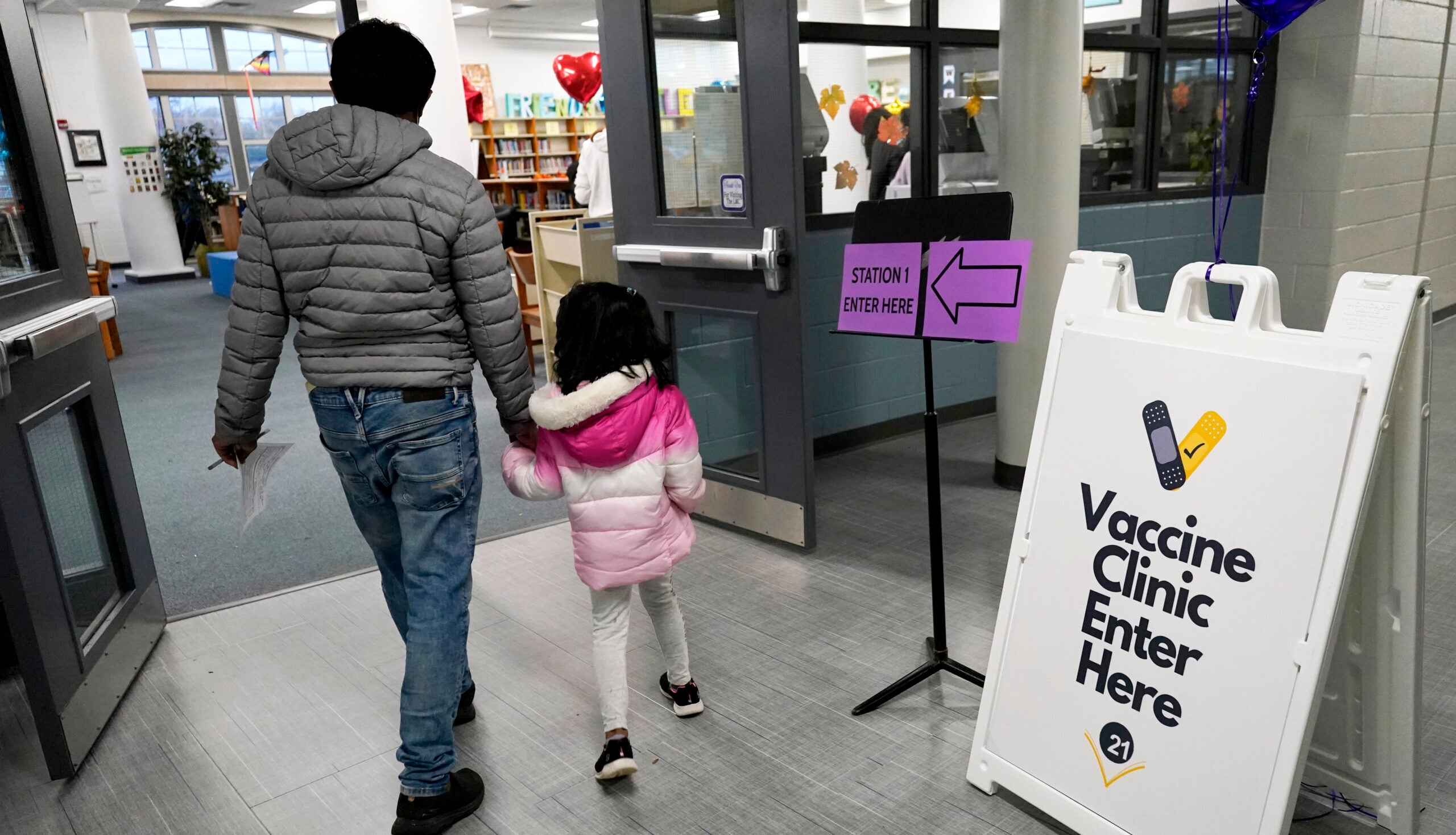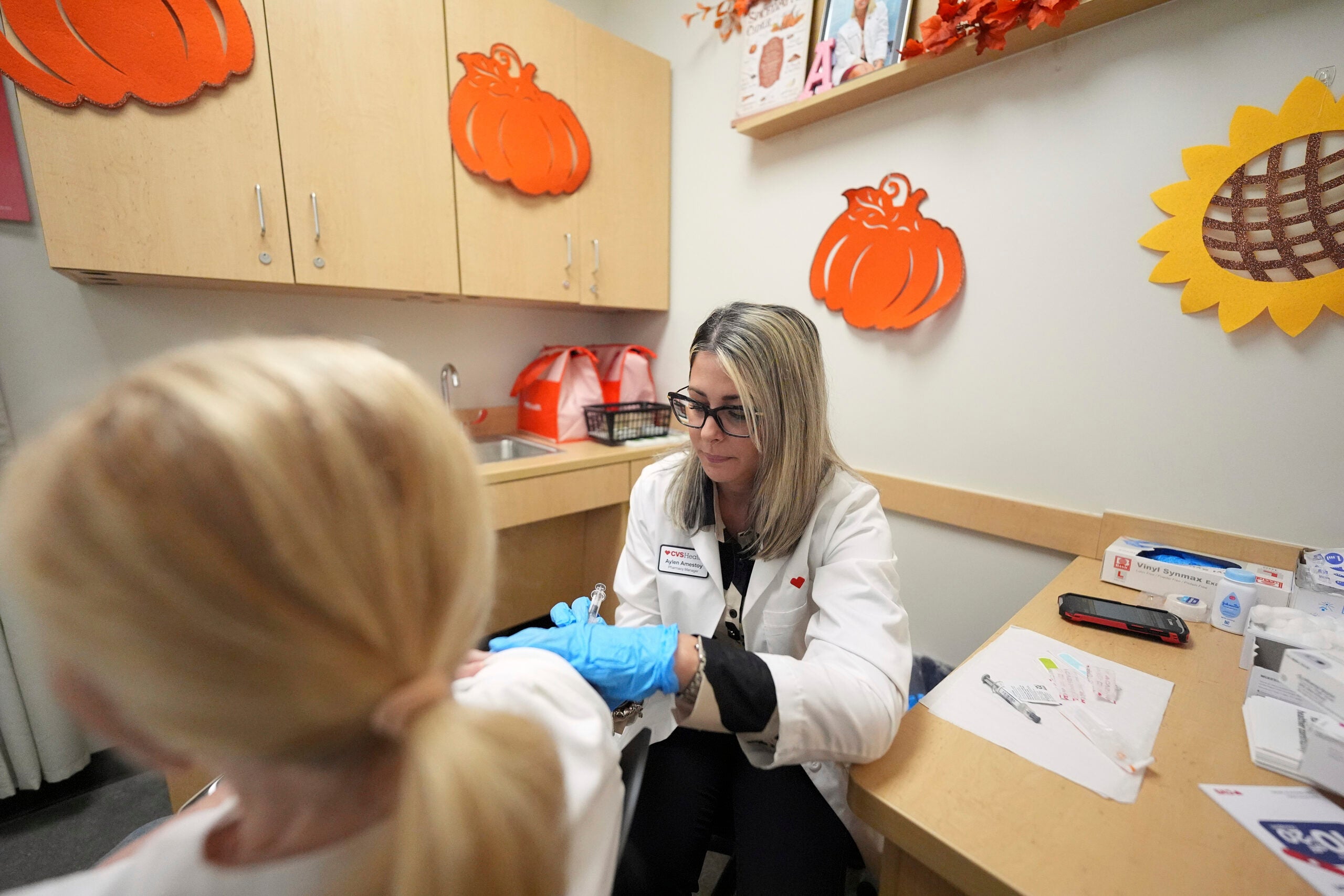Wisconsin did not see a surge of coronavirus cases after Thanksgiving, but health officials are cautioning that doesn’t mean there won’t be one following Christmas and New Year’s.
New cases of COVID-19 are declining, a source of relief for Wisconsin hospitals which were nearly full in mid-November. But that reassurance could be short-lived, health officials caution, if people celebrate the upcoming holidays like they used to before the pandemic.
Why coronavirus cases didn’t skyrocket in Wisconsin after Thanksgiving, as they did in other states, isn’t clear. Doctors and epidemiologists say fear could have played a role.
News with a little more humanity
WPR’s “Wisconsin Today” newsletter keeps you connected to the state you love without feeling overwhelmed. No paywall. No agenda. No corporate filter.
“When our ICU’s reached 95 percent occupancy in mid-November, I think people realized this was real, maybe some of their friends or relatives were critically ill, and they hadn’t really experienced that before,” Dr. John Raymond, CEO and president of the Medical College of Wisconsin in Milwaukee, said in a Thursday webinar for the Wisconsin Medical Society.
There is concern, though, that changes in behavior may not last long enough to prevent another big rise in coronavirus cases, said Ajay Sethi, an epidemiologist and associate professor in the Department of Population Health Sciences at the University of Wisconsin-Madison.
“We get peaks, it comes down, but then we get peaks again. I haven’t seen anywhere in the country where a surge wasn’t followed by a future surge, so we’re not out of the woods,” Sethi said.
Sixteen public health departments in southern Wisconsin with very high levels of COVID-19 are reminding people that traveling, hosting guests indoors, and sharing food, utensils and plates all pose significant risks for contracting and spreading the coronavirus.
“Now is the time to be persistent with following public health recommendations. Every act of prevention matters and will continue to be important this Holiday season,” said Debbie Siegenthaler, chair of the Southern Region’s Wisconsin Association of Local Health Departments and Boards, in a press release detailing the call to action.
There are signs that public health messaging that has met stiff resistance in some corners of the country may be sinking in.
A new poll by Kaiser Family Foundation shows 70 percent of Americans say they can continue to follow social distancing guidelines to limit COVID-19’s spread for at least another six months if necessary.
That could be important.
Access to the coronavirus vaccine is limited and it could be many months, maybe even a year, before enough people are vaccinated so that people wouldn’t have to wear masks and limit close contact with others, said Sethi.
Furthermore, its unproven whether the Pfizer vaccine can actually prevent transmission. That wasn’t studied in clinical trials, which showed the vaccine does make it less likely that people will get sick from COVID-19, he said.
COVID-19 levels are still high across the state, and 17 counties were considered critically high as of Friday. In Menomonee County, cases grew by 116 percent between Dec. 2 and Dec. 15. In Pepin County, coronavirus cases were up by 110 percent in the same time period.
The state’s daily death count has fallen since early December when 107 coronavirus fatalities were reported in one day. But the state’s seven-day average for COVID-19 deaths, which stands at 60 as of Friday morning, is 10 times higher than before the latest surge, which started in September. If that indicator remains high, this surge may not yet be over, Sethi said.
Wisconsin Public Radio, © Copyright 2026, Board of Regents of the University of Wisconsin System and Wisconsin Educational Communications Board.




